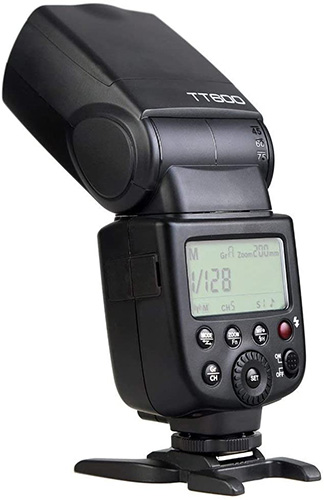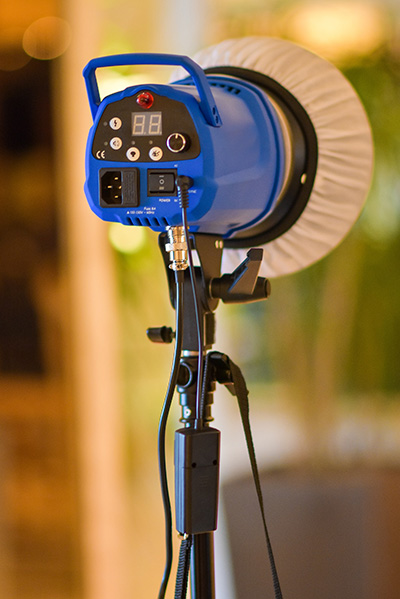How to Shoot Products
Different types of product photoshoots
The two types of product shoots I’m covering here are lifestyle product shoots and still product shoots. Both these types are shoots you can do for yourself or offer commercially.
This is one type of photography that you can practice and perfect on your own without any customers. Keep practicing and when you are ready get out there and get yourself some customers.
Lifestyle Product Shoots
Shooting products that enrich the customer’s lifestyle and tell a story. An example is hand cream. Think of all the hand cream ads online and in magazines with a model holding the jar of cream. The background is usually a room, not a plain color.
Lifestyle photographs can include a model using the product in a regular day-to-day setting. It can also be just the product in a setting that the product would be used, such as a bottle of wine on a table in a restaurant.
The storytelling aspect of these images is very important. Think of all the watch and perfume ads that show the product, a beautiful or handsome model, in a luxurious setting. They are trying to sell the lifestyle shown in the image, and you need the product to get that lifestyle. So if you are doing a shoot for a local winery, get the model or models smiling and having fun.
Still Product Shoot
These are shoots done in a studio using backdrops and lights. These are generally product-only shoots for use on Amazon, eBay, Etsy, Catalogs, and advertising.
Depending on the size of the product you can use a small lightbox or a full-size backdrop. The majority of products are shot on a white background, but black and light pastel shades are also used.
For small items like jewelry, can be captured in a lightbox. A lightbox is exactly what it says it is, all internal surfaces are white and reflect the light around the item. Some lightboxes have their own LED lights built-in and one side of the box removed for camera access. Others are boxes with translucent sides and need external lights to light the item.
Larger items need the photographer to get creative. In the past, I have used a table covered in white vinyl, a stand with a white backdrop, and an assortment of reflectors and shoot-through umbrellas.
Hand-held or Tripod?
If you are shooting a still product use a tripod. If you’re working with a model during a lifestyle shoot hand-holding will allow you to get different angles and work faster.
For still product shoots with the camera on a tripod turn off the autofocus on the side of the lens and manually focus. Live View will work really well in this situation and the addition of a wireless shutter release will eliminate any camera movement when the photo is taken.
Which Lens?
A 50mm lens is the perfect focal length for still products. For Lifestyle shoots, it depends on the situation. I have used the 24-70 2.8 and the 50 1.4 with great success, as well as the 70-200 2.8 when needed.
Lighting
Lighting your products can be expensive or really inexpensive.
First I’ll list the types of lighting you can use.
- Studio strobe Monolights
- LED Constant lights
- Speedlight Flashes
Studio Strobe Monolights
These are studio flashes that plug into the electricity supply. They are measured in Watts per Second (Ws). 800Ws is lots of power, but I have some 400Ws Alien Bee units that work great. I also have some cheap 200Ws units that I use when needed. You can spend $100 or thousands, as with most things there is a wide range of products. Educate yourself, read reviews, and then make your decision.
If you are thinking of shooting products full time then Monolights are a good idea. If you are only going to use them once or twice a year then I would use Speedlights.
LED Constant Lights
LED lights have changed the market considerably. To have constant light in the past you had to use Hot Lights, and they got very hot indeed. LEDs give off hardly any heat and are perfect for video work. They are used for photo studios too but can be extremely expensive. I’ve noticed that they are being used for headshots with great success.
Speedlight Flashes
If I was new to shooting products I would get 3 or 4 GodoTT600 flashes with a trigger, some light stands, and translucent umbrellas. You could get away with 2 flashes but you will have situations where you need more light.
These flashes will give you more than enough power for shooting products or lighting a room. As far as costs go, they are easily the best bang for your buck.

Is it a good choice?
Commercial product photography can be a very lucrative line of photography. If you’re good you will always have bookings and will make an excellent living.



